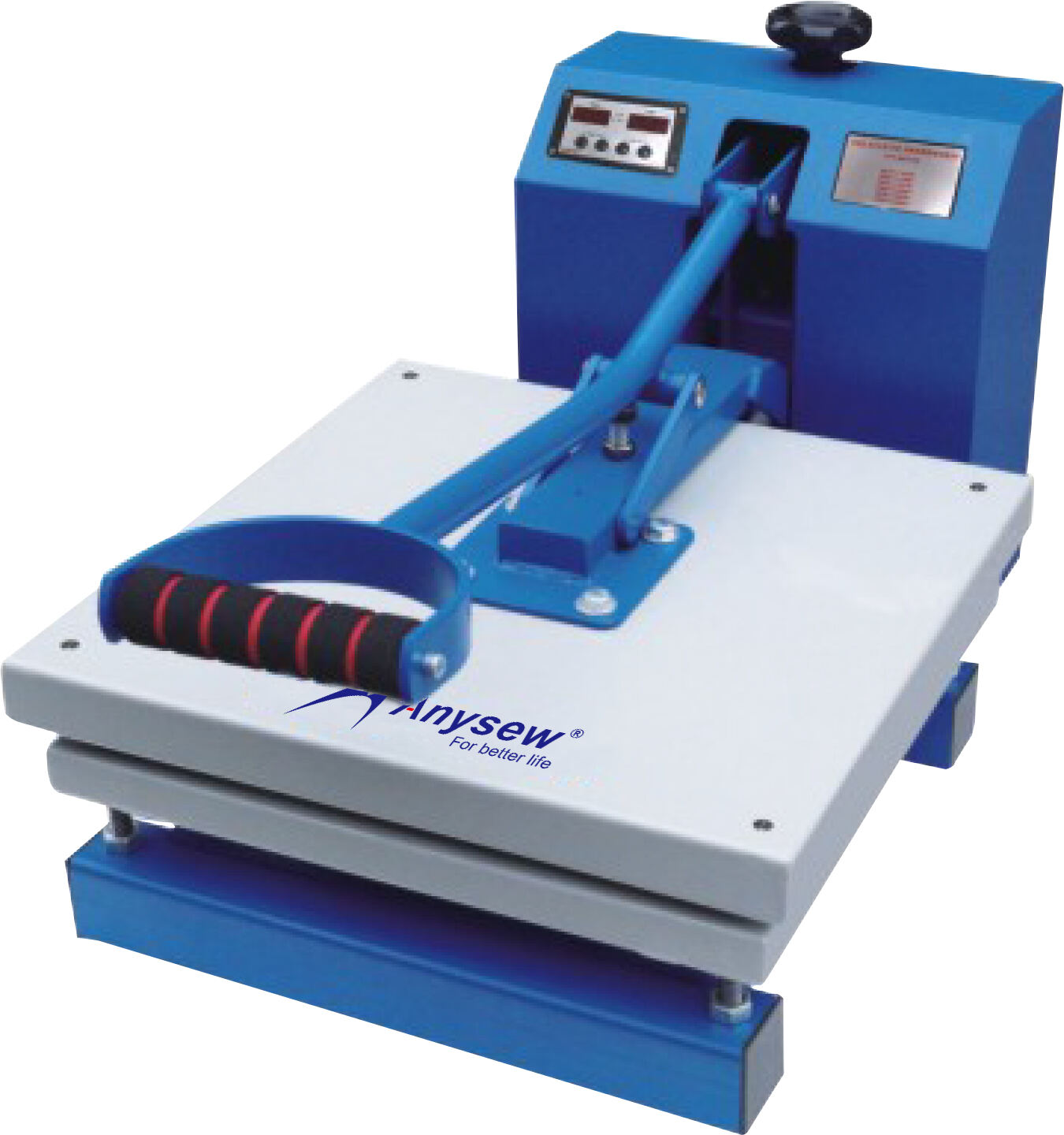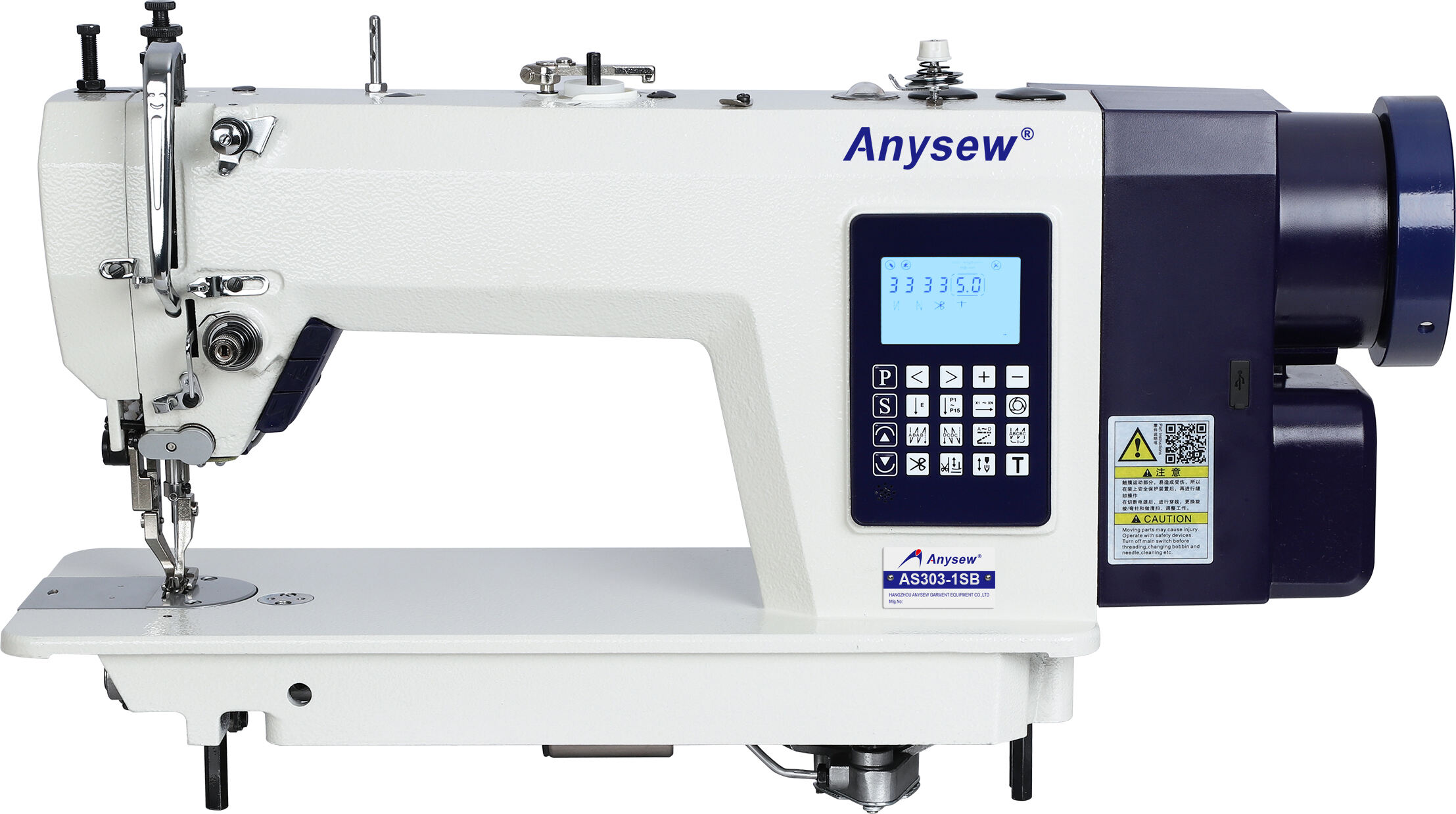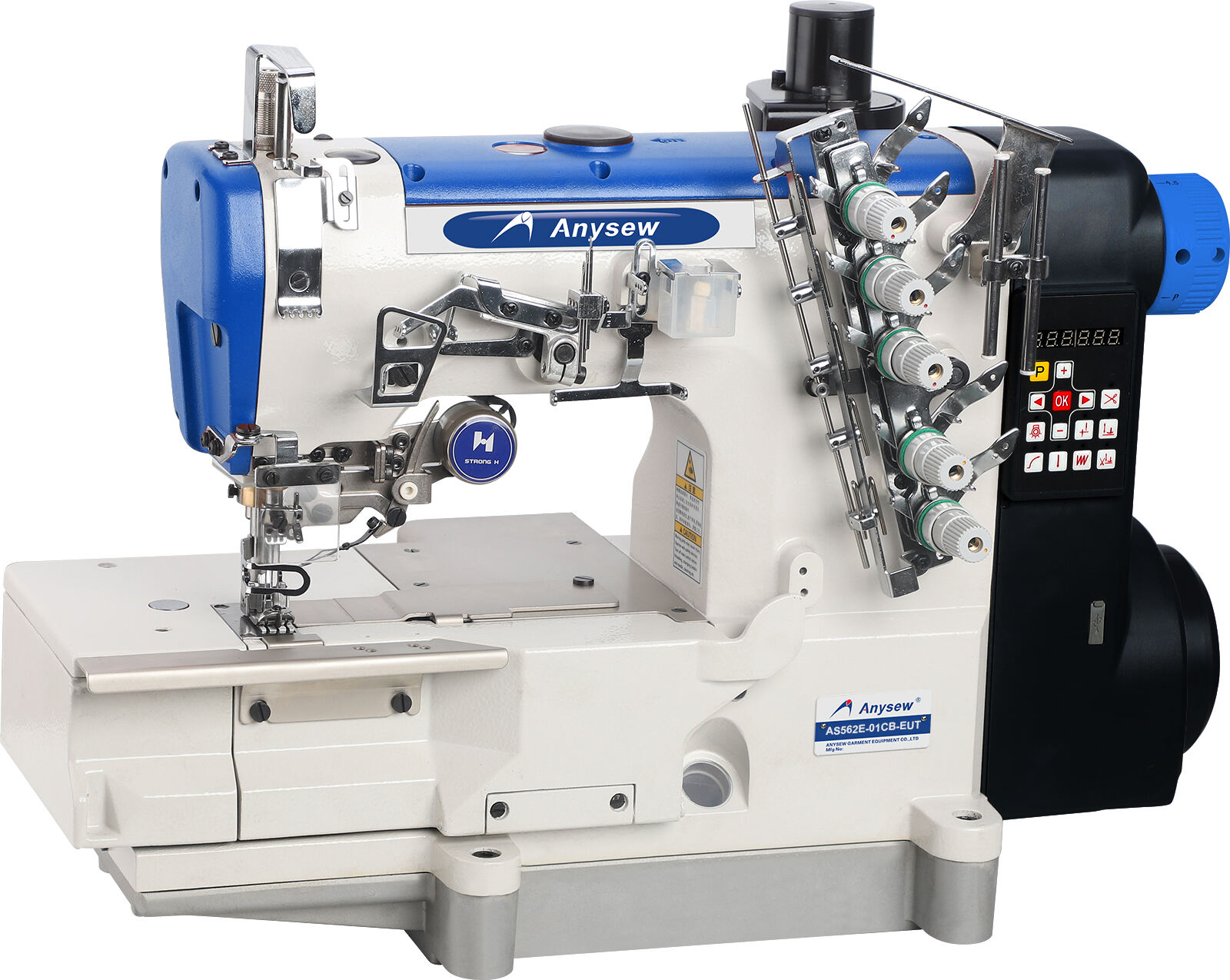cloth cutting machine price
The cloth cutting machine price represents a significant consideration in the textile manufacturing industry, offering various options to suit different production needs and budgets. Modern cloth cutting machines typically range from $2,000 to $50,000, depending on their capabilities and specifications. These machines incorporate advanced technology such as automatic fabric feeding systems, precise laser cutting mechanisms, and computerized pattern recognition. Entry-level models, priced between $2,000 and $5,000, provide basic cutting functions suitable for small workshops and startup businesses. Mid-range machines, available from $5,000 to $20,000, offer enhanced features like multi-layer cutting capabilities and automated pattern matching. High-end industrial models, priced above $20,000, deliver superior precision, faster cutting speeds, and the ability to handle large-scale production requirements. The price variation reflects differences in cutting speed, accuracy levels, maximum cutting thickness, and automation capabilities. Additionally, factors such as maintenance costs, warranty coverage, and after-sales support influence the overall investment value. When considering the cloth cutting machine price, it's essential to evaluate the return on investment through improved productivity, reduced material waste, and enhanced cutting precision.


